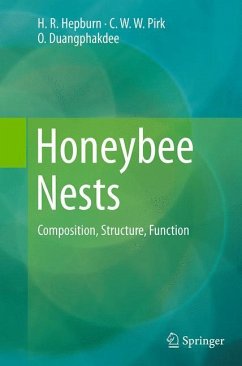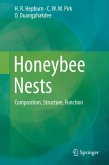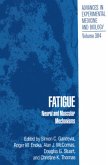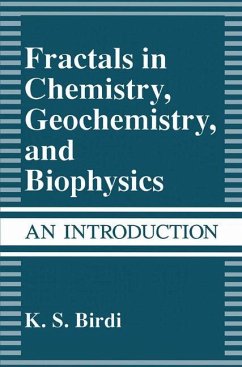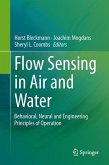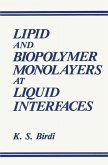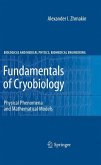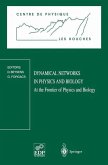This work, a sequel to Honeybees and Wax published nearly 30 years ago, starts with a brief introduction and discussion of nesting sites, their spaces and densities, self-organization of nest contents, and interspecific utilization of beeswax. The following chapters cover communication by vibrations and scents and wax secretion, and discuss the queen in relation to the combs. Discussions on completed nests include the significance of brood, the roles of pollen and nectar flow, and comb-building, and are followed by a triad of related chapters on the construction of cells and combs and their energetic costs. An in-depth examination of the conversion of wax scales into combs, the material properties of scale and comb waxes, and the wax gland complex are presented. The next chapters are devoted to a comprehensive analysis of the literature on the chemistry and synthesis of beeswax, and, finally, the material properties of honeybee silk are highlighted.
From the book reviews:
"It is a more compelling treatise about beeswax and nests built with it, including their significance within the lives of honeybees. ... Each chapter contains up-to-date references for each topic covered. This highly comprehensive work offering a plethora of information on beeswax biology will appeal to researchers engaged in the field. Summing Up: Highly recommended. Graduate students, researchers/faculty, and professionals/practitioners." (J. M. Gonzalez, Choice, Vol. 52 (4), December, 2014)
"It is a more compelling treatise about beeswax and nests built with it, including their significance within the lives of honeybees. ... Each chapter contains up-to-date references for each topic covered. This highly comprehensive work offering a plethora of information on beeswax biology will appeal to researchers engaged in the field. Summing Up: Highly recommended. Graduate students, researchers/faculty, and professionals/practitioners." (J. M. Gonzalez, Choice, Vol. 52 (4), December, 2014)

